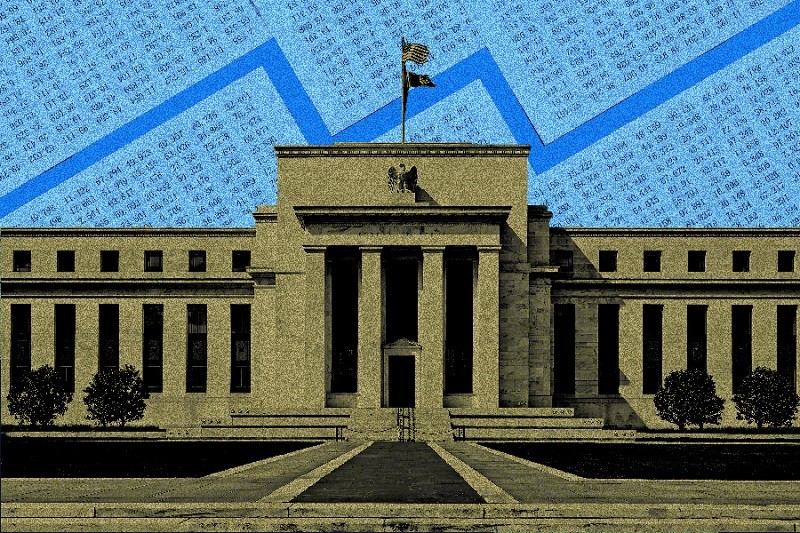 |
| The Fed kept interest rates unchanged at 5-5.25%. (Source: Nasdaq) |
In an effort to balance risks to the economy and the ongoing fight against inflation, the Federal Open Market Committee left rates unchanged to allow the committee to assess additional information and the effectiveness of monetary policy, the statement said.
Further rate hikes will take into account the lag in the effects of monetary policy on economic activity and inflation as well as the state of the economy and finances.
The new forecasts show policymakers see rates rising from the current range of 5-5.25% to 5.5-5.75% by year-end. Half of the 18 Fed officials forecast that level, while three see rates higher.
According to new data released on June 13, the consumer price index (CPI) increased slowly, at 4% in May compared to the same period last year, the lowest level in nearly two years.
Core CPI, which excludes volatile food and energy prices, remained steady at 5.3%.
Experts say it will take months, or even years, for the Fed's rate hikes to have their full impact on the economy, so the economy may only be partially affected by the Fed's decisions.
This raises the risk that the Fed could act too forcefully and slow economic growth more than necessary to curb inflation if officials do not assess the economy's health over time.
Squeezing the economy too hard would likely cost jobs and hurt the finances of many Americans.
Meanwhile, a half-hearted policy response could also have consequences. If inflation remains high for years, consumers may become accustomed to higher prices, making it harder to contain inflation, with serious consequences for the economy, including rising unemployment.
US stock indexes fell on June 14 after the Fed's decision. The Dow Jones index fell 1.18% to 33,808.66 points, while the S&P 500 index fell 0.68% to 4,339.39 points. The Nasdaq Composite index fell 0.83% to 13,460.86 points.
Source






![[Video] More than 100 universities announce tuition fees for the 2025–2026 academic year](https://vphoto.vietnam.vn/thumb/1200x675/vietnam/resource/IMAGE/2025/7/18/7eacdc721552429494cf919b3a65b42e)






















































































![[Infographic] In 2025, 47 products will achieve national OCOP](https://vphoto.vietnam.vn/thumb/402x226/vietnam/resource/IMAGE/2025/7/16/5d672398b0744db3ab920e05db8e5b7d)





Comment (0)